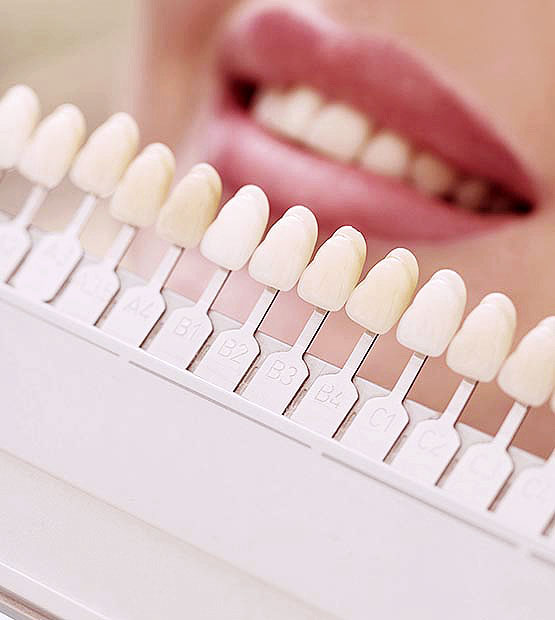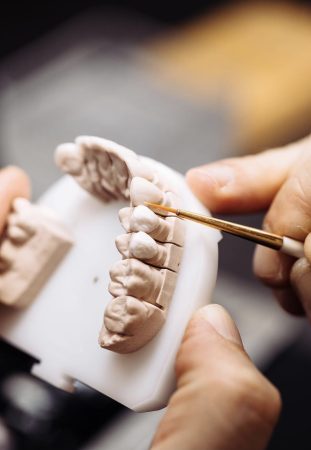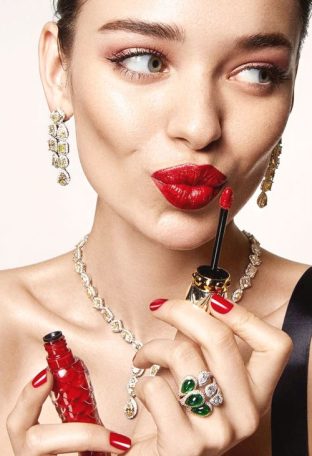
Is a Dental Crown Painful? Can I Eat After a Crown?
A tooth breaks, cracks, or gets a big cavity. Anxiety spikes. Do dental crowns hurt? Will eating ever feel normal again? These questions pop up in our office every week. At Porcelain Veneers Sydney, we talk about dental crowns with patients of all ages. Sometimes, people even ask if teeth veneers would be a better fit. There’s a lot to know, but it’s not as scary as you might imagine.







